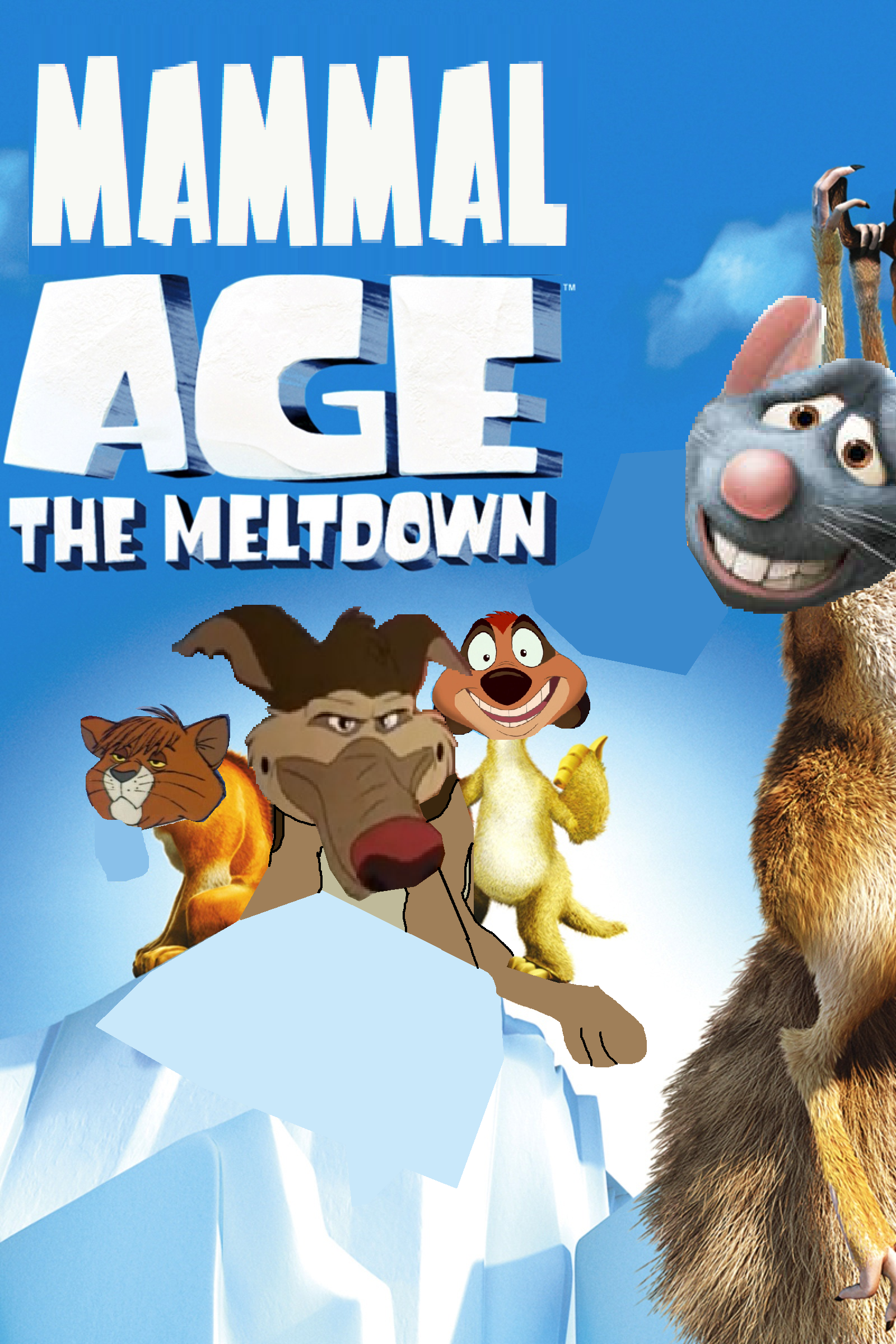

AdultsĪs you can see, aging varies a bit with young dogs, not quite following the “seven year” rule. This is similar to around a 15-year-old human, give or take several years.
Animal age years full size#
Dogs will typically have reached their full size at around 18 months to 2 years of age. They reach canine puberty at six months to one year of age, so a one-year-old dog is roughly the equivalent of a twelve-year-old human physically, with similar stamina, energy, and emotional maturity. After about six months of age, puppies slow down in their growth and development. Some dog breeds develop more slowly than others (physically, mentally, or both), but just like with humans, everybody pretty much catches up to each other eventually. This will depend a little bit on the breed and size of the dog.

At four months old, he is probably roughly the same age as a two or three-year-old human. At one month, he is probably closer to a six-month-old human.

So where does that leave us? Averaged together for both brain and body development, a two-month-old puppy is probably about the same age as a one-year-old human. *These are averages at best and meant to be used for comparison purposes. Humans: Often much later (as early as 6 months-1 year) Compare some of the common development milestones below: Between physical and brain development, estimating equivalent ages between humans and puppies is a little tricky. As far as brain development goes, humans may take a little longer to develop, but we tend to be able to learn, retain, and understand much more than a dog ever will. For example, puppies can crawl almost immediately after birth. A lot of what a puppy can do at the equivalent age of a human is going to be a bit more advanced. PuppiesĪnimals in general tend to develop much faster than humans because, instinctively, they must be ready to survive in the wild. Genetics and DNA (and breed in a dog’s case), lifestyle, diet, and ongoing diseases (such as heart disease, cancer, arthritis, etc.) all factor into the “physiological” age of humans and animals, which is another way of saying how old the body is compared to the number of years we have been alive. This actually works really well for general terms, but have you ever noticed that bigger dogs seem to age a little faster than little dogs (i.e., eight-year-old Rottweilers seem to “act” older than eight-year-old Miniature Poodles)? The other issue is that even in the same size category, some pets of similar age seem to be older than others – just like in humans, in which we see some 70-year-olds running marathons whereas others have much less stamina at that age. Thus, a one-year-old dog is roughly the same age as a seven-year-old human, and a ten-year-old dog is roughly equal to a seventy-year-old human. An old adage exists that every year your dog ages is equivalent to seven human years.


 0 kommentar(er)
0 kommentar(er)
